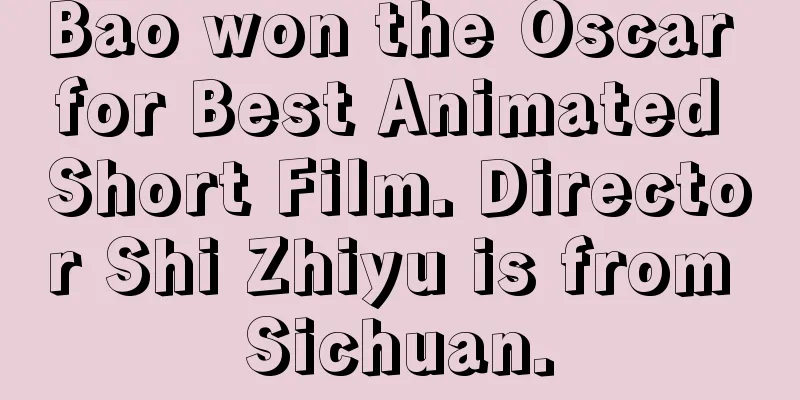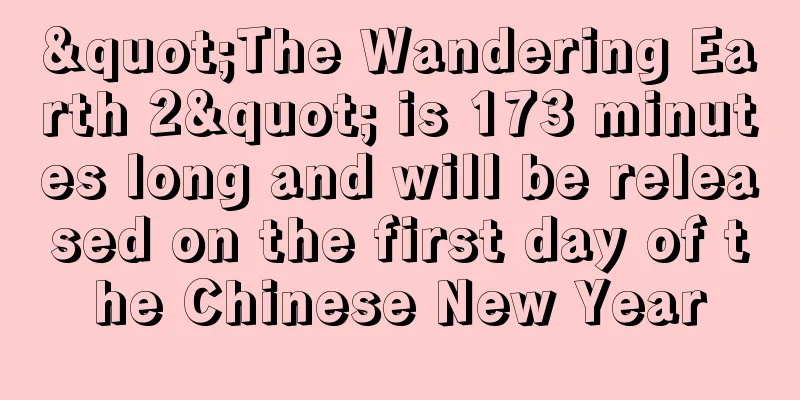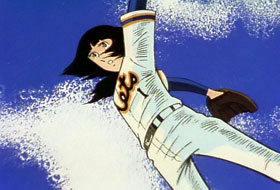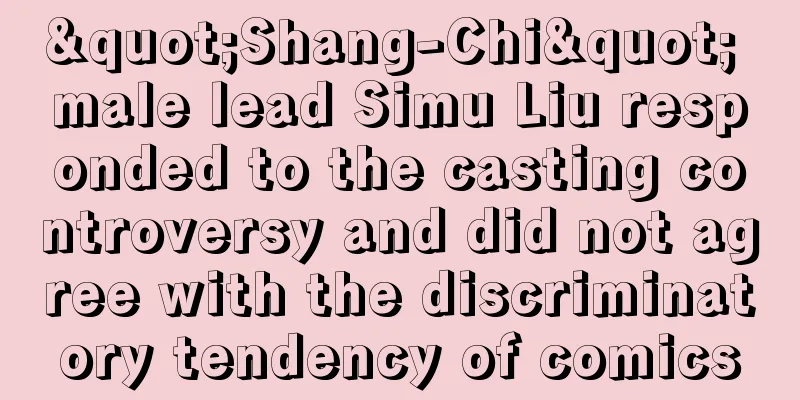Detailed review and rating of New Star of the Giants II Episode 9

The appeal and evaluation of New Star of the Giants II"New Star of the Giants II," which aired in 1979, was the second TV anime series based on the classic manga "Star of the Giants," written by Ikki Kajiwara and illustrated by Noboru Kawasaki. The series was produced by Yomiuri TV and Tokyo Movie, and aired a total of 23 episodes from April 14 to September 29, 1979. This 30-minute anime was loved by many viewers, not just baseball fans. storyThe story of "New Star of the Giants II" depicts the new challenge of Hoshi Hikaru, who has made a spectacular comeback as a right-handed pitcher. During his fierce battles with his old rival, the star pitcher Samon, and Romeo Nanjo, a South American player who came to the Hanshin Tigers, Hikaru's pitches are seen through and he is demoted to the second team. However, during his slump, Hikaru gets a hint for a new magic ball, and the show depicts him perfecting the "Major League Ball Right No. 1," a fastball that looks like a mirage. This story touched viewers as a drama of failure and recovery. castThe cast of this work is a luxurious lineup of voice actors, including Toru Furuya as Hikaru Hoshi, Fuyumi Shiraishi as Akiko Hanagata, Makio Inoue as Mitsuru Hanagata, Joji Yanami as Chuta Ban, Shingo Kanemoto as Hosaku Samon, Ryoichi Tanaka as Futoshi Marume, Seizo Kato as Ittetsu Hoshi, and Yo Inoue as Sachiko. The performances of these voice actors brought out the individuality of the characters and left a deep impression on the viewers. Main StaffMany staff members were involved in the production of "New Star of the Giants II." The script was written by Kaneko Yutaka, Shiroyama Noboru, and Araki Yoshihisa, the composition was by Imazawa Tetsuo, and the direction was by Imazawa Tetsuo and Nagaoka Akinori. The animation director was Kosai Takao, the layout was Araki Shingo, and the key animation was by Maeda Minoru and Suzuki Kinichiro. The art director was Kobayashi Shichiro, the art setting was Anan Takao and Aoki Katsushi, the sound effects were Kataoka Yozo, the sound director was Yamazaki Akira, the sound engineer was Yamazaki Kinya, the cinematographer was Arai Takafumi, the cinematographer was Nishimura Tee, the editors were Tsurubuchi Masatoshi and Takahashi Kazuko, the music was Watanabe Takeo, and the title was Takagu Hideo. The Tokyo Yomiuri Giants also cooperated, and the sound engineer was Mizuno Akira, and the producers were Fukuo Motoo (YTV) and Akagawa Shigeru. The quality of the work was improved thanks to the efforts of these staff members. Theme songs and musicThe opening theme was "Sweat in the Heart," sung by Mizuki Ichiro, with lyrics by Yamakawa Keisuke, music by Watanabe Takeo, and arrangement by Kuni Kawachi. The ending theme was "Go Go Hiouma," sung by Sasaki Isao Toko Orogi '73, with lyrics by Tokyo Movie Kikakubu, music by Watanabe Takeo, and arrangement by Matsuyama Yuji. These songs enhanced the atmosphere of the anime and left a lasting impression on viewers. Evaluation and Appeal"New Star of the Giants II" has been highly praised by many viewers for faithfully recreating the appeal of the original work while depicting new story developments and character growth. In particular, the process leading up to the creation of Hikaru Hoshi's new magic pitch, "Major League Ball Right No. 1," moved viewers. In addition, the efforts of the splendid voice actors and staff raised the quality of the work, leaving a deep impression on viewers. The appeal of this work is the human drama depicted through the sport of baseball. The story unfolds in a way that will move viewers, including Hikaru Hoshi's failure and recovery, his fierce battles with rivals, and the bonds he forms with his family and friends. In addition, the content is enjoyable not only for fans of the original work, but also for new viewers, and the series has been supported by a wide range of people. Recommended pointsThe reasons why we recommend "New Star of the Giants II" are as follows:
summary"New Star of the Giants II" has been highly praised by many viewers for its new story development and character growth while retaining the appeal of the original work. The story will move viewers with stories such as Hikaru Hoshi's failure and recovery, his fierce battles with rivals, and the bonds he forms with his family and friends. In addition, the quality of the work has been raised thanks to the efforts of the stellar voice actors and staff, leaving a deep impression on viewers. This is a work that can be recommended to many viewers, not just baseball fans. |
Recommend
Impressions and reviews of episode 1 of "Love Live! Superstar!!"
Detailed review and recommendation of "Love ...
New Journey to the West movie announced: It has been secretly developed for 5 years and tells the other side of Wukong
One of the producers of "The Monkey King: He...
Panda Kopanda: What is the appeal of this soothing anime that can be enjoyed by children and adults alike?
"Panda Go Panda": A heartwarming family...
The appeal and evaluation of the Legend of the Galactic Heroes spin-off "The Reclaimer": Exploring the depth of director Ishiguro's version
"Legend of the Galactic Heroes Gaiden: The R...
The appeal and reviews of Shaina d'Arc: The King of the Black Moon and the Princess of the Blue Moon
Shaina d'Arc: The King of the Black Moon and ...
Pyokko's Picnic: What is the appeal of this anime packed with fun and relaxation?
Pyokko's Picnic - Pyokkono Picnic overview &q...
The appeal and reviews of "Free! -Eternal Summer- Extra Fr": A deep look into the special summer story
"Free! -Eternal Summer- Extra Fr": A st...
The Bremen Muppets: The Appeal and Evaluation of Everyone's Songs
The Bremen Muppets - The appeal of Minna no Uta a...
The director of District 9 suddenly said: It is not certain whether a sequel can be made
Film director Neill Blomkamp has been very active...
Forty Thieves Review: A Captivating Story and Character Depth
"Forty Thieves": The Appeal and Histori...
The first 8 minutes of the movie "Ghost in the Shell: SAC_2045" are released for a limited time of 2 weeks
Netflix's original 3DCG animation "Ghost...
Huey in The Boys auditioned for Superman and the ending was obvious
Jack Quaid voiced Clark Kent/Superman in the anim...
The domestic manufacturer Shenji Industrial's new product "Wuzhi-10 Dark Owl" transformable robot model J-15 is being prepared
Shenji Industry, which once created the J-20 &quo...
The appeal and reputation of the Pichi High Baseball Club: A masterpiece anime depicting the passionate battles of youth
All-round evaluation and recommendation of Pichik...
Evaluation and impressions of the third season of Magical Girl Kurumi
All-round evaluation and recommendation of "...









